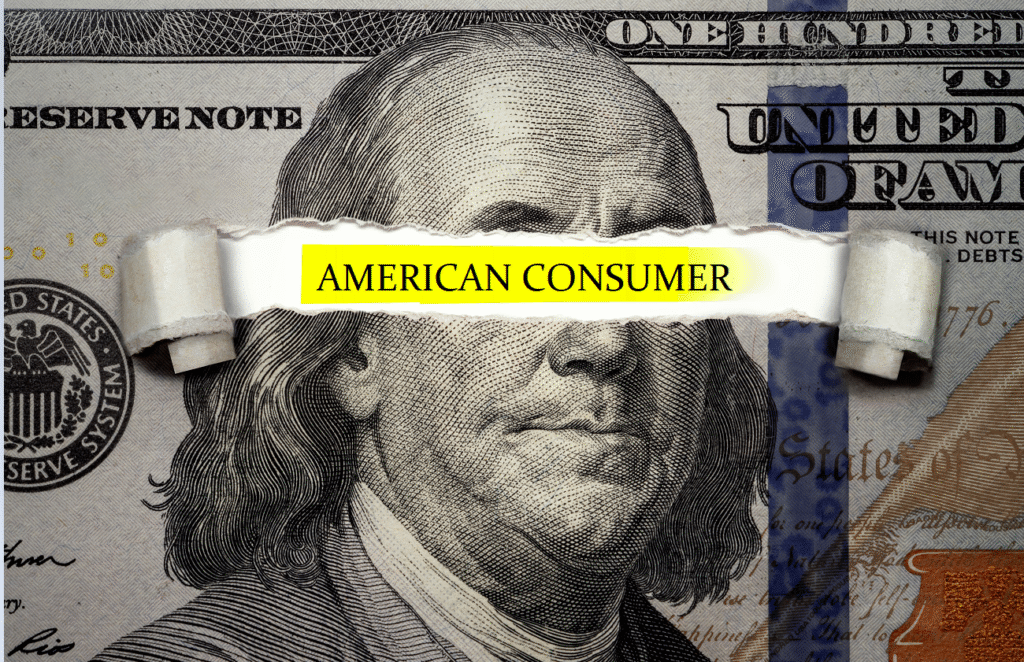Shopper sentiment remained elevated for the second consecutive month however stays worse than in December 2024, in line with the College of Michigan’s Surveys of Customers. Sentiment rose 1.6% in July from June, reaching a studying of 61.7 from 60.7. Nonetheless, total sentiment has been 17% beneath December’s studying, though it rebounded from April’s low when the market skilled a pointy downturn on account of tariff fears.
“Though current developments present sentiment shifting in a positive path, sentiment stays broadly adverse,” Surveys of Customers Director Joanne Hsu stated within the report. “Customers are hardly optimistic in regards to the trajectory of the economic system, whilst their worries have softened since April 2025.”
Inflationary fears declined for the second consecutive month as properly, dropping from 5% in June to 4.5% in July after peaking at 6.6% in Might, once more, because of tariff uncertainty. Customers consider inflation will wane in the long term for the third consecutive month, with the determine declining from 4% in June to three.4% in July, which marks the bottom studying in 2025.
The Shopper Confidence Index, as reported by the Convention Board, rose 2 factors to 97.2 in July, and June’s determine was revised to 95.2. The short-term outlook on the Expectations Index rose 4.5 factors to 74.4, but has been beneath the recession threshold of 80 since February. Enterprise and labor market circumstances, as measured by the Current State of affairs Index, fell 1.5 factors to 131.5.
But, the Kansas City Fed famous that client sentiment is now not an correct studying for client spending. “Current information recommend client sentiment has been declining for the previous a number of months, signaling a possible slowdown in spending. Nonetheless, most measures of precise spending, similar to core retail gross sales and PCE, have remained comparatively secure. This discrepancy raises the query of how helpful client attitudes are in predicting precise spending,” the Fed questioned, later concluding, “In line with proof from the prior 30 years, the near-term outlook for spending progress appears comparable no matter whether or not we account for the current weakening in client sentiment.”
Federal Reserve Chair Jerome Powell additionally said “the hyperlink between sentiment information and client spending has been weak. It’s not been a robust hyperlink in any respect…it wouldn’t be the case that we’re taking a look at [consumer sentiment] and simply fully dismissing it. However it’s one more reason to attend and see.”
Customers are regularly pessimistic, albeit much less so, as costs stay elevated. We noticed a pointy downturn in client sentiment with the height in inflation throughout 2022. Nonetheless, no matter how one feels in regards to the economic system, shoppers are compelled to spend extra on much less. The FOMC will now not use client sentiment as a robust gauge for future spending or GDP calculations because the correlation stays weak.

